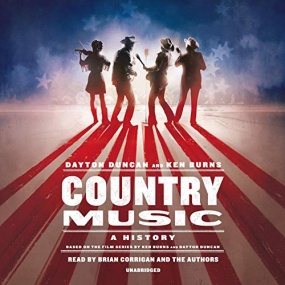
中世纪以来盛行的自动机械人偶,曾让欧洲的皇室和宫廷贵族着迷发狂,传教士甚至将其作为贡礼献给中国皇帝。从雅凯-德罗兹的写字小男孩儿到坎普林的下棋机器人,人和动物的形象,被频繁地制成荒诞而逼真的机器,像是有了“能动的生命”。这一切都源于“万物机械说”的大行其道,它牵涉出的是困扰人类始终的问题:生命是什么?机器会拥有生命吗?事物运转的动力来自内部还是外部?
人和机器、物质和灵魂之间的关系,几百年来争论不休。17世纪是翻天覆地的思想大变革时代,机械论作为现代科学的核心范式得以确立,整个宇宙被看作一台机器,包括动物和人类,但仍将其动力和精神归于上帝之手。然而,更为反叛的科学家和哲学家,则认为生命机器具有内在动能。现代生命科学就在这两种矛盾的机械论中兵分两路。笛卡儿、玻意耳及其追随者,坚持经典的被动机械论,莱布尼茨、拉马克创造性发展了主动机械论,达尔文的进化论在被动和主动模型之间摇摆不定。由此还催生了理查德·道金斯“自私的基因”说,薛定谔则用颠覆性的量子力学解释生命体能从“秩序生秩序”。机械论接连引发了控制论、目的论、进化论以及认知科学、进化心理学、人工智能等理论和学科的形成,在社会文化环境的联动下,铺展成一幅气势磅礴、方兴未艾的现代科学图景。
杰西卡·里斯金拥有哲学、历史学和科学研究综合背景,她用生动而思辨的文笔,原创性地将一手资料、学界往来通信和文献档案熔融一炉,顺着生命本源问题的脉络,展开这场“长达四个世纪的争论”。理解现代科学的历史,对于思考当下、想象未来具有重要意义。这本科学史著作不仅会颠覆我们对现代科学的认知,还将成为我们理解当下生命科学、认知科学和人工智能等前沿问题的思考利器。
Today, a scientific explanation is not meant to ascribe agency to natural phenomena: we would not say a rock falls because it seeks the center of the earth. Even for living things, in the natural sciences and often in the social sciences, the same is true. A modern botanist would not say that plants pursue sunlight. This has not always been the case, nor, perhaps, was it inevitable. Since the seventeenth century, many thinkers have made agency, in various forms, central to science.
The Restless Clock examines the history of this principle, banning agency, in the life sciences. It also tells the story of dissenters embracing the opposite idea: that agency is essential to nature. The story begins with the automata of early modern Europe, as models for the new science of living things, and traces questions of science and agency through Descartes, Leibniz, Lamarck, and Darwin, among many others. Mechanist science, Jessica Riskin shows, had an associated theology: the argument from design, which found evidence for a designer in the mechanisms of nature. Rejecting such appeals to a supernatural God, the dissenters sought to naturalize agency rather than outsourcing it to a “divine engineer.” Their model cast living things not as passive but as active, self-making machines.
The conflict between passive- and active-mechanist approaches maintains a subterranean life in current science, shaping debates in fields such as evolutionary biology, cognitive science, and artificial intelligence. This history promises not only to inform such debates, but also our sense of the possibilities for what it means to engage in science—and even what it means to be alive.
文本下载

下载信息已被隐藏,请在下方输入 验证码 查看隐藏内容
关注微信公众号,回复“验证码”,获取验证码。 在微信里搜索“力哥爱阅读”或扫码关注。
⚠️ 取关用户无法收到验证码或任何消息,无需再次关注 ⚠️






